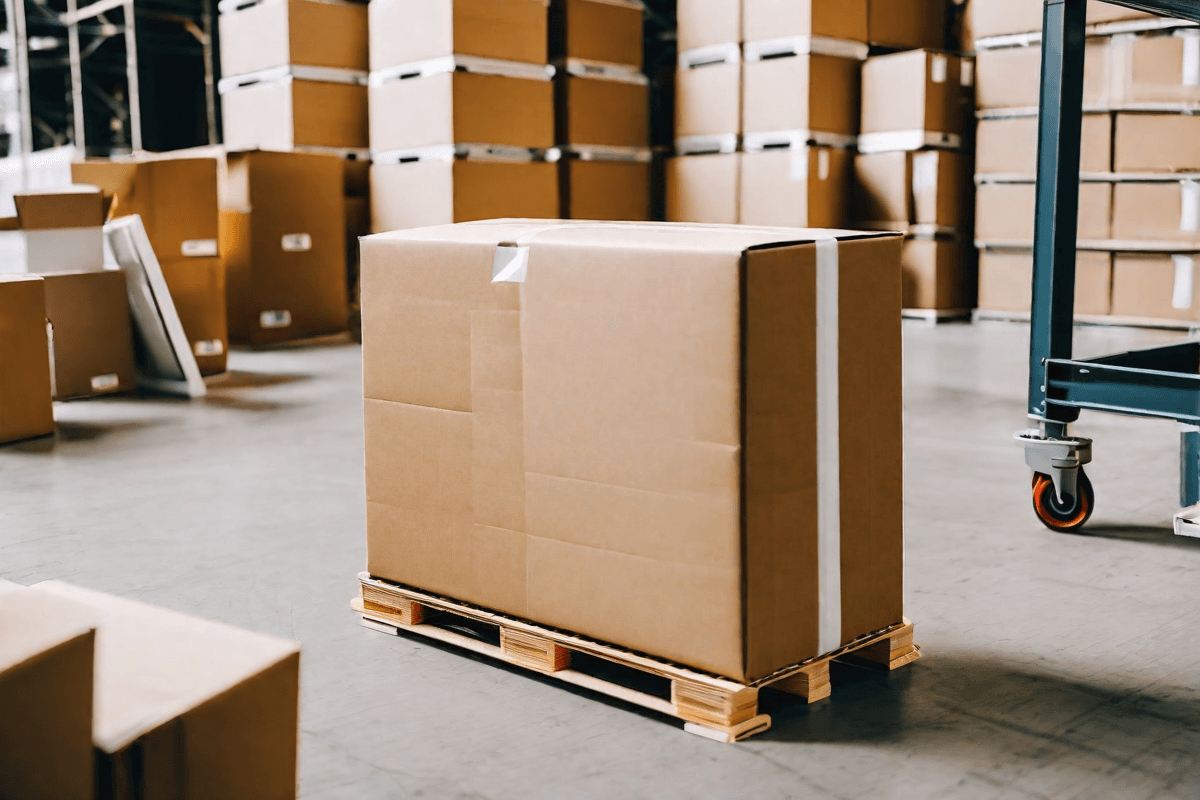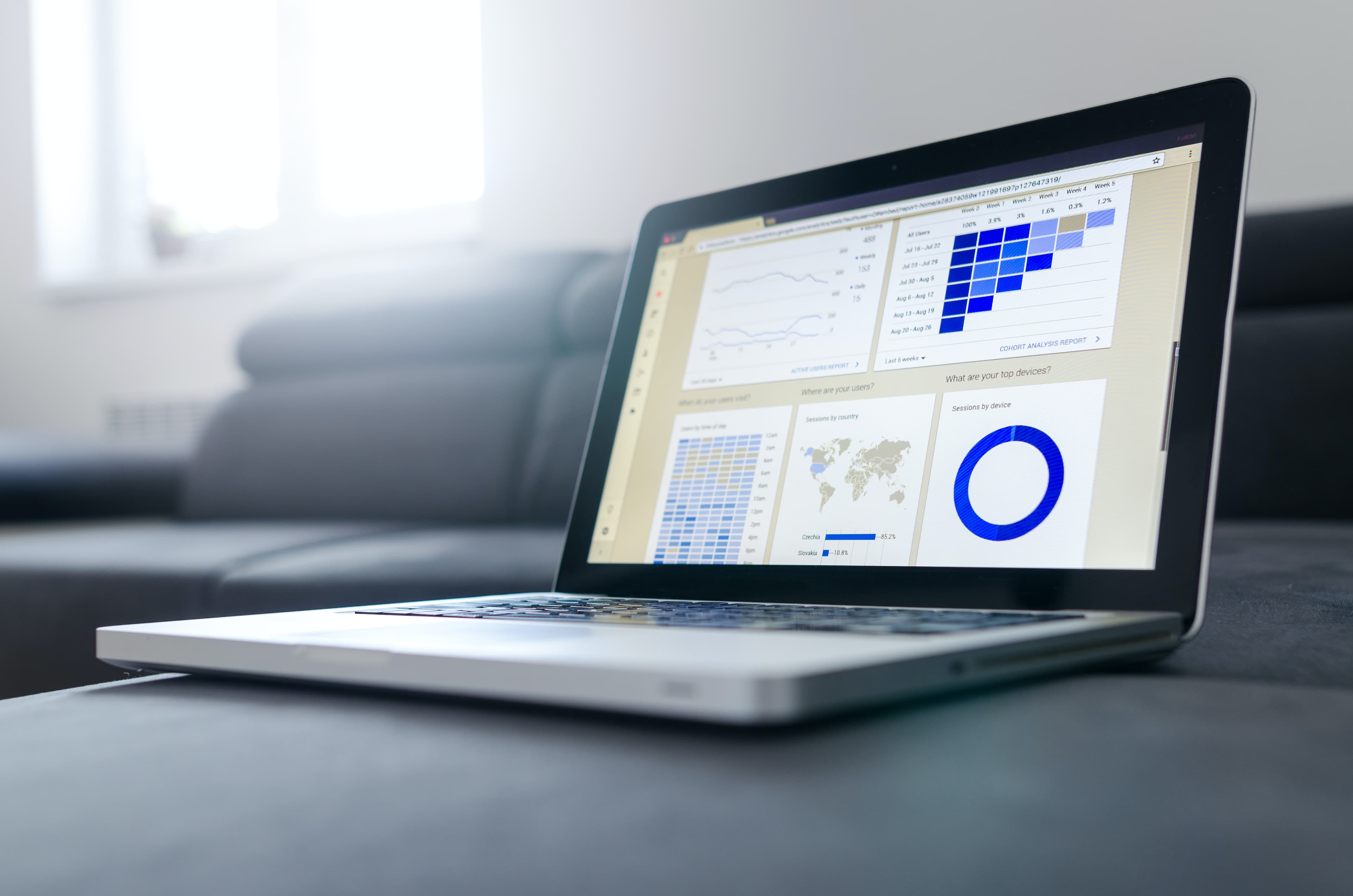
Optimizing WooCommerce Performance: Strategies for Faster Loading Times and Better Conversions
As an online store owner, you know that a slow website can be a real buzzkill for potential customers. For every second that your WooCommerce site takes to load, the likelihood of site visitors bouncing increases dramatically. This is especially problematic for e-commerce businesses, as shoppers expect fast and easy browsing experiences. But have no fear – there are ways to optimize WooCommerce performance to ensure your site loads quickly, drives more traffic, and boosts conversions. Here are some strategies to help your site run smoother than ever before.
Understanding the Importance of WooCommerce Performance
Before we dive into specific strategies, let's take a moment to discuss the importance of fast loading times and good performance for your WooCommerce site. Simply put, site speed and performance directly affect user experience. As customers navigate your site, they expect fast load times and seamless browsing experiences without hiccups. If a site loads too slowly or crashes, it can lead to a loss of trust in the brand and potentially push customers away altogether. Plus, good performance can boost conversions, which is essential for e-commerce sites. Essentially, good performance equals happy customers and better results for your business.
How Loading Times Affect User Experience
As we briefly touched on, slow site loading times can greatly affect user experience. In fact, research shows that nearly half of website visitors expect a site to load in two seconds or less. And if the site doesn't load quickly enough, they'll be out the door before you know it. This can lead to high bounce rates, lost revenue, and a lower search engine ranking. Simply put, users want fast load times, and if your site doesn't deliver, it will likely negatively impact your business.
But why do users care so much about loading times? There are a few reasons. For one, people are busy and don't have time to wait around for a slow site to load. Additionally, slow load times can be frustrating and lead to a poor overall experience. In today's fast-paced world, customers expect instant gratification, and a slow site just doesn't cut it.
Furthermore, slow loading times can impact mobile users even more. With more and more people browsing the web on their phones, it's crucial that your site is optimized for mobile. Slow load times on mobile devices can lead to even higher bounce rates and lost revenue.
The Connection Between Performance and Conversions
As an online store owner, you want to drive sales – and good performance can actually help with that. When your site loads quickly and runs smoothly, it creates a better experience for customers. This means they're more likely to browse longer and ultimately make a purchase. Plus, having a quick and reliable site can increase customer retention and word-of-mouth advertising, which is also crucial for business growth. In short, good performance can lead to better user experience, higher conversions, and ultimately, more sales.
But how exactly does good performance impact conversions? For one, a fast site can reduce cart abandonment rates. If a site is slow and clunky, customers may get frustrated and abandon their cart before completing a purchase. Additionally, a fast site can lead to more pageviews and longer browsing sessions, which can increase the likelihood of a purchase.
Furthermore, good performance can impact your site's search engine ranking. Search engines like Google take into account site speed and performance when determining search rankings. So, if your site is slow, it may not show up as high in search results, leading to less traffic and fewer potential customers.
Overall, good performance is crucial for the success of your WooCommerce site. Not only does it lead to better user experience, but it can also boost conversions and ultimately drive more sales.
Analyzing Your WooCommerce Site's Performance
Running an online store can be a challenging task, and ensuring that your WooCommerce site is performing optimally is crucial to the success of your business. A slow website can lead to a loss of potential customers, decreased sales, and a negative impact on your search engine rankings. In this article, we will discuss how to analyze your WooCommerce site's performance and provide tips on how to optimize it for better speed and loading times.
Tools for Measuring Site Speed
Measuring your site's speed is the first step in optimizing it for better performance. There are several tools available that can help you analyze your site's speed and identify areas for improvement.
One of the most popular tools for measuring site speed is Google's PageSpeed Insights. This tool provides a detailed report on your site's load time, as well as recommendations on how to improve performance. It also provides a score out of 100, which can be used as a benchmark for your site's performance.
Another tool to consider is Pingdom. This tool allows you to test your site's speed from multiple locations around the world, providing valuable insights into how your site performs in different regions. It also provides a breakdown of your site's performance, highlighting areas that need improvement.
GTMetrix is another popular tool for measuring site speed. It provides a detailed report on your site's performance, including load time, page size, and the number of requests made. It also provides recommendations on how to improve your site's performance, including optimizing images and reducing the number of HTTP requests.
Identifying Performance Bottlenecks
Once you have measured your site's speed, the next step is to identify performance bottlenecks. These are areas of your site that are slowing down site load times and preventing it from performing optimally.
One common bottleneck is large image files. Images can significantly slow down your site's load time, especially if they are not optimized for the web. To optimize your images, you can compress them using tools like TinyPNG or JPEGmini. This will reduce their file size without compromising on quality, resulting in faster loading times.
Bulky code is another common bottleneck that can slow down your site's performance. To optimize your code, you can minify it using tools like WP Minify or Autoptimize. This will remove unnecessary spaces and characters from your code, reducing its size and improving your site's loading time.
Other areas to consider when identifying performance bottlenecks include your hosting provider, the number of plugins you are using, and the size of your database. By addressing these issues, you can improve your site's performance and ensure that it is running at its best.
In conclusion, analyzing your WooCommerce site's performance is crucial to its success. By measuring your site's speed and identifying performance bottlenecks, you can optimize it for better performance and faster loading times. With the right tools and techniques, you can ensure that your site is running at its best, providing a positive user experience and helping to drive sales for your business.
Optimizing Your WooCommerce Hosting Environment
Another critical area to focus on when optimizing WooCommerce performance is your hosting environment. Here are a few tips to consider:
Choosing the Right Hosting Provider
Your hosting provider can make or break your site's performance. If your site is hosted on a slow server or one that's not optimized for WooCommerce, it can hurt your site's load times and overall performance. When selecting a hosting provider, be sure to research options that specifically cater to WooCommerce, as they will be optimized to handle the particular needs of your e-commerce site.
Additionally, it's important to consider the location of the server. If your target audience is primarily located in a specific geographic region, it's best to choose a hosting provider with servers in that region. This will help reduce latency and improve load times for your users.
Furthermore, it's important to consider the scalability of your hosting provider. As your e-commerce site grows, you'll need a hosting provider that can accommodate increased traffic and sales. Look for providers that offer flexible hosting plans and can easily scale up or down as needed.
Implementing a Content Delivery Network (CDN)
A content delivery network, or CDN, can also help improve your site's performance. A CDN works by storing your site's content on multiple servers around the world, so when a user visits your site, they're served content from the server nearest to them. This helps reduce load times and improve site speed overall.
When selecting a CDN provider, it's important to consider the size and scope of your e-commerce site. Some CDN providers specialize in serving small to medium-sized sites, while others are better equipped to handle larger, enterprise-level sites. Additionally, it's important to consider the cost of the CDN and how it fits into your overall budget.
Lastly, it's important to regularly monitor and optimize your CDN configuration. This includes regularly testing load times and adjusting settings as needed to ensure optimal performance.
Improving Your WooCommerce Theme and Plugins
The theme and plugins you use can have a significant impact on your WooCommerce site's performance. Here are some tips on how to optimize them:
Selecting a Performance-Optimized Theme
When it comes to selecting a theme for your WooCommerce site, it's important to choose one that's optimized for performance. A theme that is not optimized for WooCommerce can slow down your site's load times. This can lead to a high bounce rate and a drop in search engine rankings.
When selecting a theme, be sure to choose one that's specifically optimized for WooCommerce. This will ensure that the theme is lightweight and optimized for fast load times. You can also check if the theme is compatible with caching plugins like WP Rocket or W3 Total Cache. These plugins can further improve the performance of your site.
Another factor to consider is the design of the theme. A theme with a lot of images, animations, and multimedia elements can negatively impact your site's performance. So, it's best to choose a theme that has a clean and minimalist design.
Evaluating and Updating Your Plugins
Plugins can also impact your site's performance. Too many plugins can bog down your website, so it's best to only use those that are absolutely necessary. Additionally, it's important to evaluate and update your plugins regularly. Older plugins can be buggy and negatively impact your site's performance, so be sure to keep them up to date.
When selecting plugins, look for ones that are lightweight and optimized for performance. Avoid plugins that load a lot of scripts and stylesheets, as they can slow down your site. It's also a good idea to check the plugin's reviews and ratings before installing it. This will help you avoid plugins that are known to cause performance issues.
Another way to optimize your plugins is to deactivate and delete any plugins that you are not using. This will reduce the number of files that need to be loaded and can improve your site's performance. You can also combine multiple plugins into one, using a plugin like WP Optimize or WP Performance Score Booster.
Finally, make sure to test your site's performance after making any changes to your theme or plugins. You can use tools like GTmetrix or Pingdom to test your site's load times and identify any performance issues.
Enhancing WooCommerce Site Speed with Caching
Caching can also improve your WooCommerce site's performance. Here are two types of caching:
Browser Caching for Faster Load Times
Browser caching is when site elements are stored in the user's browser so that the next time they visit your site, some elements are ready to load, which can decrease site load times. Caching can be set up directly in your browser, or via WooCommerce plugins, such as WP Rocket.
Server-Side Caching Solutions
Server-side caching can also help speed up your site's load time. This involves storing site content on the server and serving that content quickly to users. Some popular server-side caching solutions for WooCommerce include W3 Total Cache and WP Super Cache.
Final Thoughts
There's no denying that optimizing WooCommerce performance can be overwhelming – but it's absolutely worth it. By focusing on factors like hosting, themes, plugins, caching, and more, you can ensure that site visitors have a smooth and speedy experience that keeps them coming back. So, start analyzing your site performance, and implement these strategies today to see better performance and a boost in conversions.
Nitro Logistics Team
Logistics Expert
The Nitro Logistics team brings together decades of experience in logistics, fulfillment, and supply chain optimization.
Stay Updated
Get the latest insights in logistics and fulfillment delivered to your inbox.


